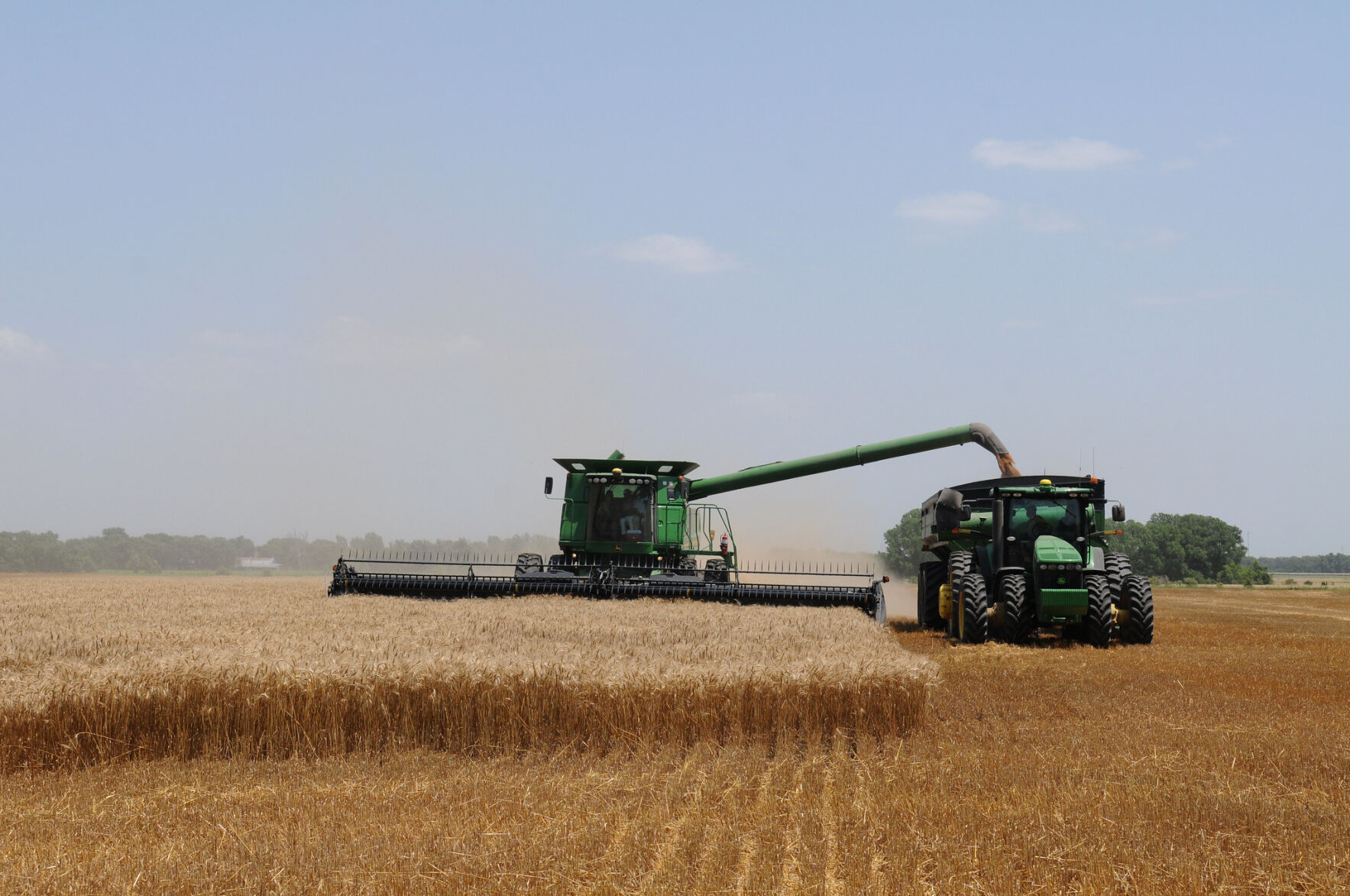New falling number test prevents wheat contamination, saves farmers millions

As wheat harvesting season comes to an end, farmers brace for a potential threat to their crop that costs tens of millions of dollars each year. High levels of alpha-amylase protein in wheat can lead to a low falling number score, a factor that determines the quality and price of wheat. Because alpha-amylase digests starch, wheat with a low falling number score produces flour with lower gelling capacity, causing cakes that fall or sticky bread and noodles, and significantly lowers the price growers receive. Unfortunately, falling number tests can only be performed in a laboratory. If growers cannot detect wheat with a low falling number, the wheat may mix with sound wheat on farms, in grain elevators or during transport, essentially compromising the entire bushel.
The Foundation for Food & Agriculture Research is awarding a $835,888 Seeding Solutions grant to Washington State University to develop a faster, cheaper and more accurate test that measures alpha-amylase on farms and in elevators, preventing mixing of low and high falling number wheat. EnviroLogix, HighLine Grain Growers, The McGregor Company, Washington Grain Commission, Wheat Marketing Center and WSU provided matching funds or in-kind support for a total $2,037,107 investment.
“Every year, farmers hold their breath as they wait to find out if their wheat harvest passes muster,” said Dr. Angela Records, FFAR chief scientific officer. “By enabling early detection of low falling number, this research is saving quality wheat from becoming animal feed and saving farmers millions.”
The current falling number test, developed almost 70 years ago, is slow, expensive, exhibits high variability and most importantly, does not assess alpha-amylase levels directly. The technology is poorly utilized because it requires large, specialized equipment, laboratory conditions and experienced operators. The process requires taking a wheat meal sample, mixing it with water, then putting that mixture on a falling number instrument that heats water to boiling.
“You essentially make a gravy or slurry,” said Dr. Amber Hauvermale, a research assistant professor in WSU’s Department of Crop and Soil Sciences and lead on the grant. “Then you drop a plunger into the gravy and count, in seconds, how long it takes for the plunger to fall to the bottom. That number is the falling number. Samples with high levels of alpha-amylase, which is bad for baking, have much lower falling numbers.”
In the wheat industry, prices are discounted when falling numbers go below 300 seconds. In 2016 alone, low falling numbers cost the grain industry over $30 million.
“Low falling number events were once seen every 10 years or so, but now they are happening more regularly, with some regions seeing events every two to four years,” Hauvermale said.
Due to expense and logistics, most grain elevators don’t have a falling number testing system on hand. That means wheat is mixed at the elevators, and problems are found much further down the supply chain. Containers with wheat combined from many growers may get hit with a bad test result, reducing everyone’s profits.
“We need a better test that can be used in real time at elevators to help separate loads of wheat that have low falling numbers,” Hauvermale said. “That reduces grower discounts, ensures customers get the best quality grain available and consumers get high-quality end products like cakes and bread.”
To develop the tests at an industrial scale, the research team is working with EnviroLogix, a company specializing in rapid tests for the grain industry.
In addition to developing new rapid tests, the grant also includes two other important components to help growers manage alpha-amylase. The first is developing an early warning system to alert grain handlers to weather patterns likely to cause spikes in alpha-amylase. The second is conducting research for a better understanding of the genetic regulation of alpha-amylase. This will provide breeders with tools for breeding wheat varieties that are less susceptible to low falling numbers.

